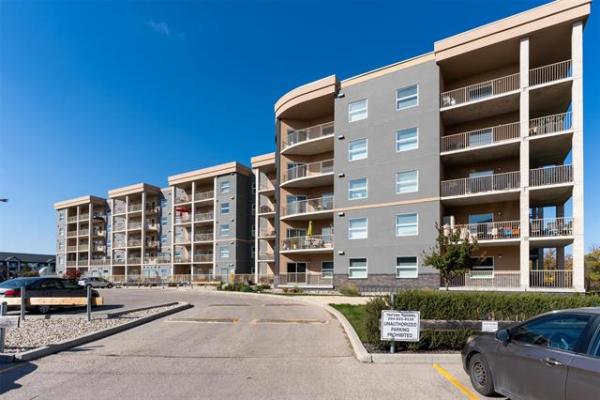
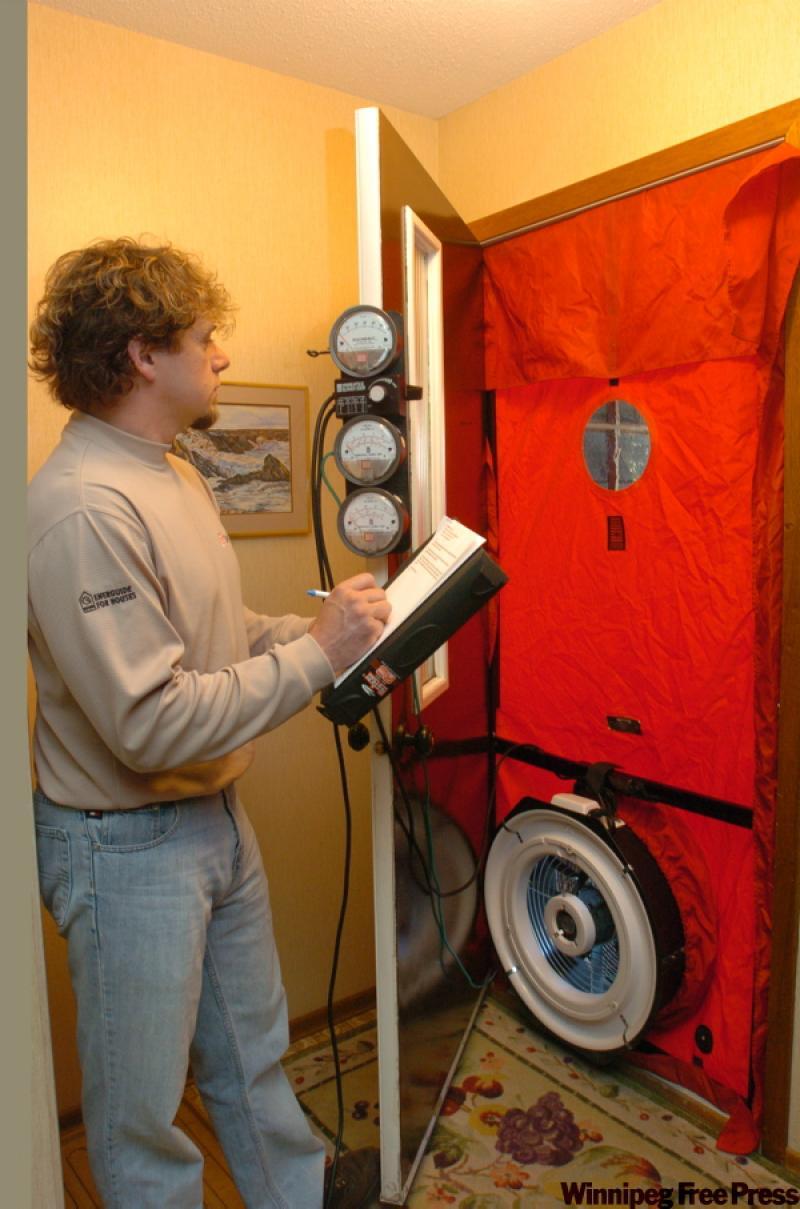
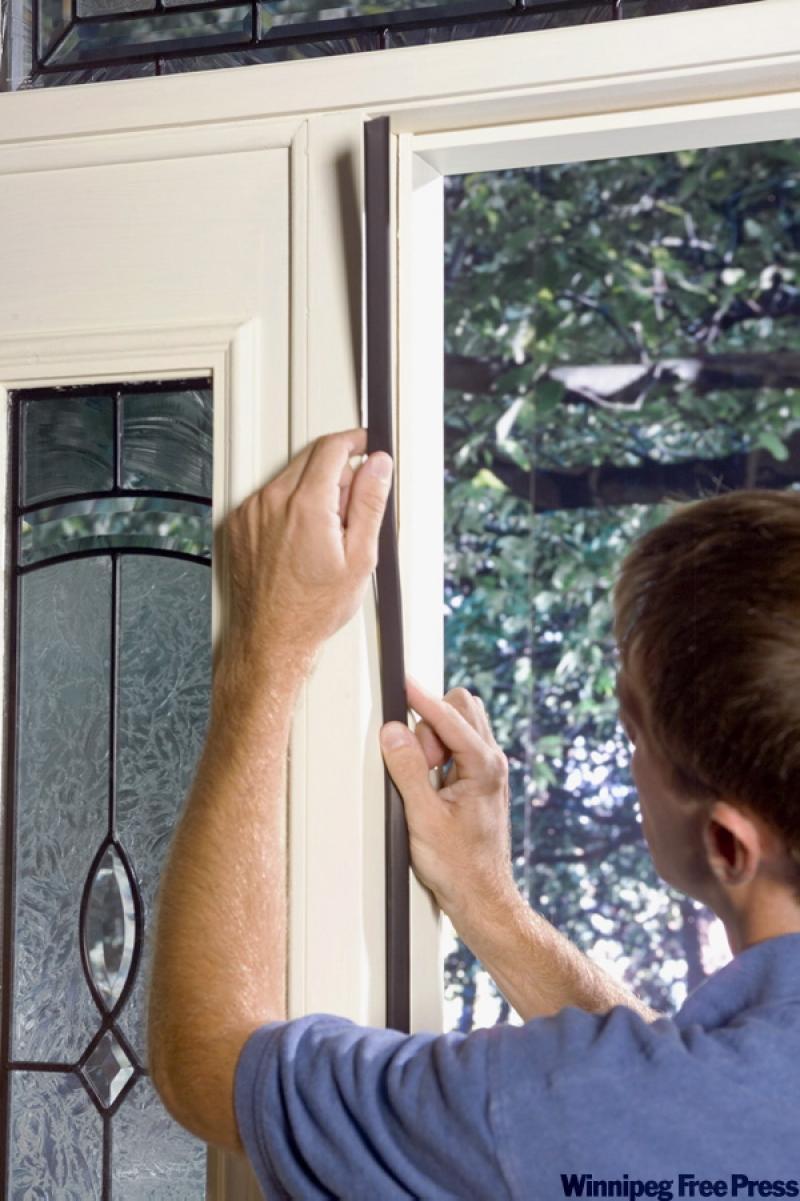
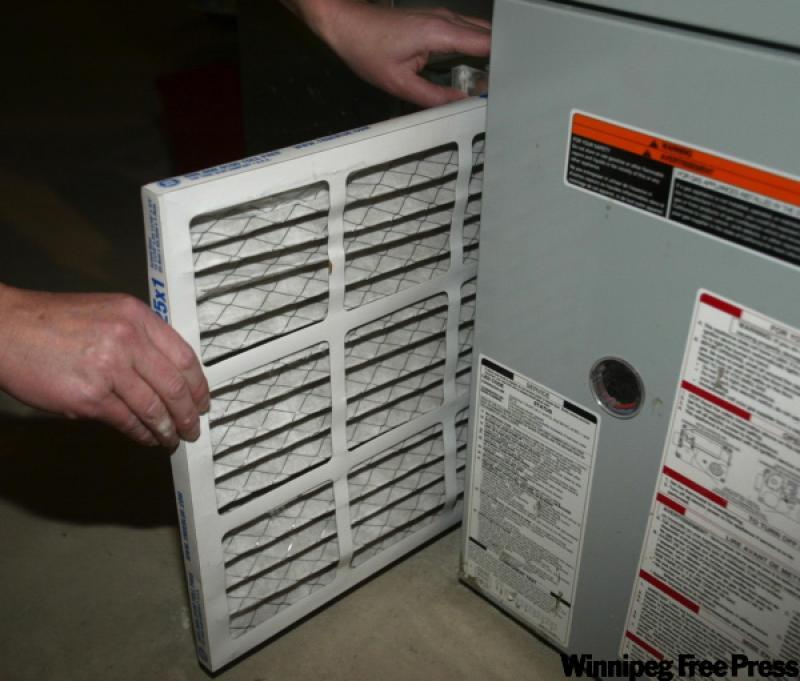
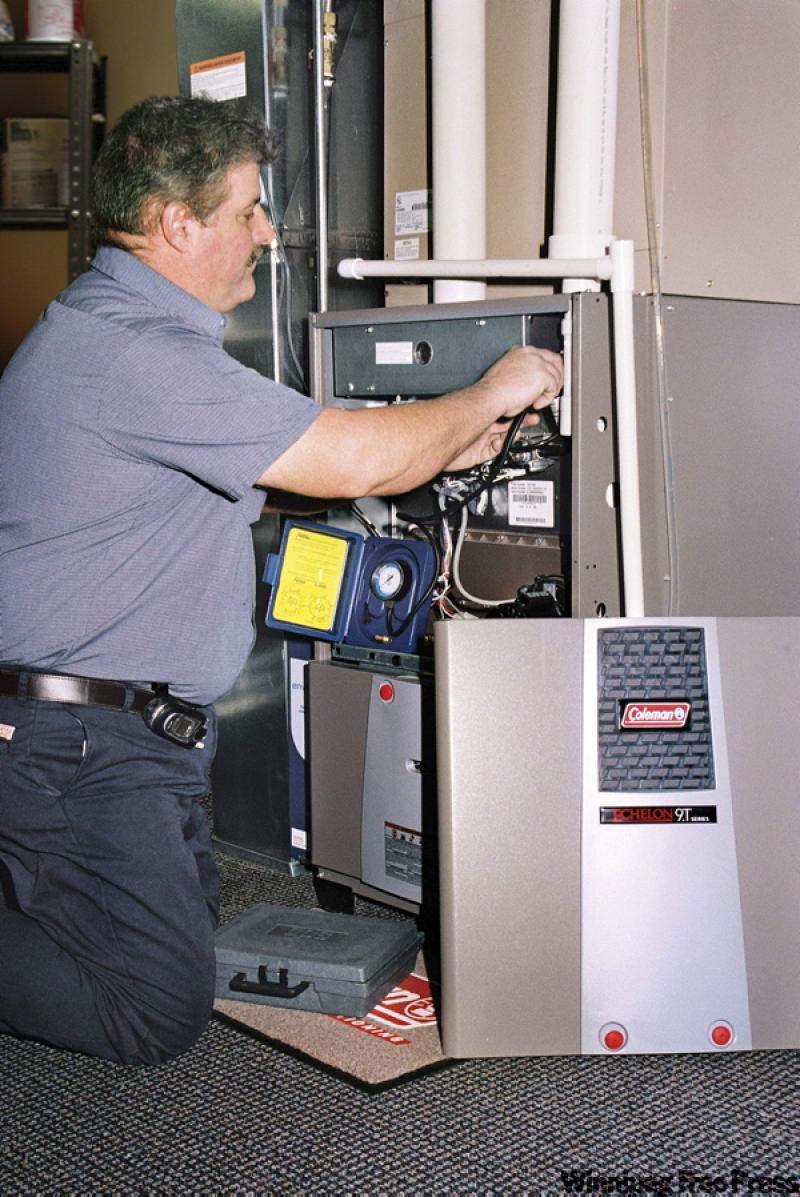
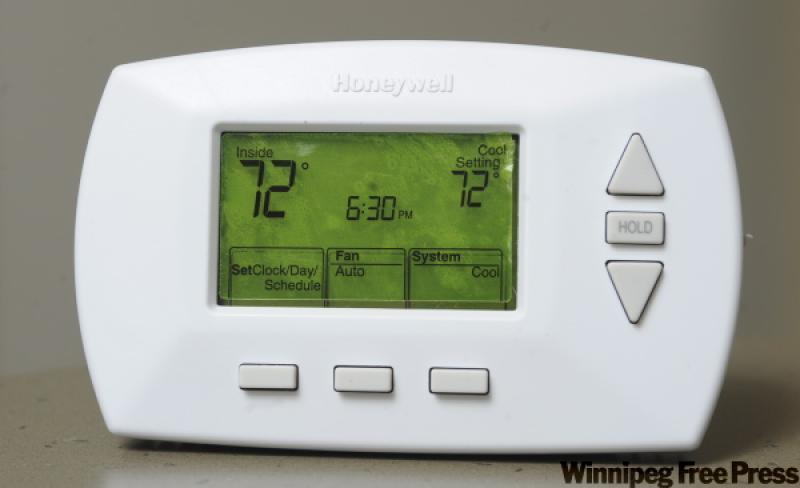
Face it, winter is upon us. Oh, sure, it's technically still early fall and we might get a few more mild days. But get ready for a sucker punch from winter -- the cranky season that bullies fall and spring with weeks on end of his cold shoulders.
The ol' man will spend most of the next six months blowing cold air into your home and draining up to 40 per cent of its heat through windows and door seams.
But there's still time to protect your wallet and environmental conscience from more of winter's haymakers. Get cracking on the home winterizing tips listed below, and you can save as much as 30 per cent on your heating bills.
Request an energy test audit from a heating company to find where you're losing heat. The test costs about $400, but you can get up to $200 back from the federal and provincial ecoENERGY Retrofit program (climatechangecentral.com).
Add or replace worn weather stripping around doors and windows to reduce air leaks and keep water from getting inside. Weatherstripping alone can cut your heating bill by up to 20 per cent. You can find easy-to-use weatherstripping kits ($10 to $20) at any home-repair equipment retailer.
Replace worn door stops at the bottom of all exterior doors. To test whether your door stop is worn, light a piece of incense and run it along the inside of the door frame. If the smoke blows inward, you have a leak.
Consider using a window-insulation kit ($5 to $20) to add an airtight plastic barrier on the inside of any window you don't plan to open this winter. Check every week afterward to see if moisture is building on the frame. If it is, remove the insulation kit to avoid water damage to the frame.
Install a thin foam cut-out ($2) behind each electrical outlet on a wall with an exterior side.
Use caulking to seal any leaks from windows that don't open, pipes and ducts that travel through an exterior wall (use heat-resistant caulking for hot pipes and ducts).
Insulate any pipes or ducts that carry hot water or air along an exterior wall ($2 per kit)
Put an insulator blanket ($50) on your hot-water tank. This can cut your heating bill by up to nine per cent.
Ensure your attic is covered by at least eight inches of insulation.
Make sure you take the time to ensure your furnace is working properly before the first cold snap hits by turning it on once every 60 days when you aren't using it and scheduling a maintenance appointment. Clean or replace your furnace's filter every two to three months and save as much as 10 per cent on your heating bill. Having trouble remembering? A good rule of thumb is to clean or change your filter each time you pay your bill.
Look for hot and cold spots in your home to see if your system is out of balance. But before calling a technician to balance the system, check if you have shut down more than one-third of your registers, because that puts your system out of balance. It's still a good idea to close registers in rooms you rarely use, as long as you keep to the one-third rule.
Call a technician to service your chimney each fall. Remember to close the damper on your chimney when you're not using it.
Buy a programmable thermostat ($40 to $120). Every degree Celsius you lower your thermostat for eight hours cuts about two per cent off your heating bill. Set your thermostat to drop by a few degrees during the day when no one is home and after you slip under warm blankets. But only reduce the temperature for periods of four hours or more, since a gas furnace is more efficient when it runs at least that long.
Be alert to heating trouble signals such as black smoke from the chimney and strange odours. These may indicate malfunction of equipment, and will likely require a professional to fix them.
If you have radiators, convectors, or baseboard-heating units, vacuum them every week. Dust acts as insulation and wastes heat by making the heated air from your furnace travel slower.
Out with the old, in with the new: Consider upgrading your old furnace to a new energy efficient unit. A mid-efficiency furnace operates at 80-per-cent efficiency, so 20 cents of each dollar spent goes up the chimney. A new high-efficiency furnace operates at over 90 per cent.
Don't block air inlets and outlets with furniture or drapes.
Vacuum the coils on the back of your refrigerator at least every three months. When dirt builds on these coils, the refrigerator uses more energy.
Put on a sweater or wrap up in a blanket and lower the thermostat by a few degrees.
Open south-facing window coverings when the sun is out. Shut coverings for any windows that face other directions and at night to help keep cold air out.
Cover your air conditioner: By preparing your air conditioner for the cold winter and covering it with a properly fitted cover, you can help ensure it is in top form come next summer.
Cleaner ducts mean cleaner air: By cleaning your ducts, your home ventilation system will operate more efficiently and will help you to breathe easier this winter by improving indoor air quality and reducing the amount of dust in the air.
If you don't use it, don't heat it: Make sure you're not heating uninsulated spaces like garages and crawl spaces. Also, keep your garage door closed as much as possible, and close doors and warm-air registers in rooms you don't use. This will keep the warm air in and the heating bills down.
A little more insulation goes a long way: Improving your home's insulation system is one of the fastest and most cost effective ways to cut down on your heating costs. You should have approximately 12 inches of insulation in your attic, anything less and you should get it topped up. Just a five-per-cent saving in energy costs can save up to $20 to $70 per year.
-- Canwest News Service


